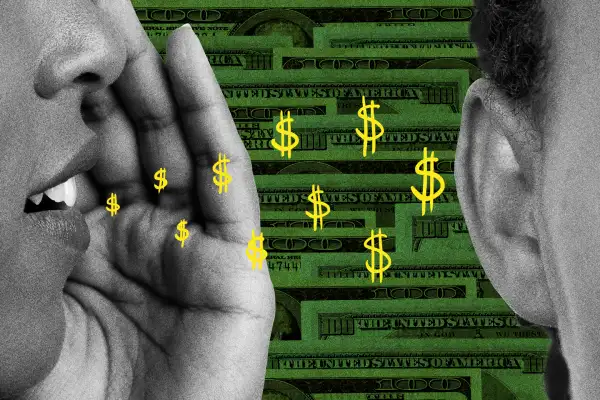10 Ways Millionaires (Legally) Keep Their Taxes Down in Retirement

Everyday Americans often fret over how much they need to retire comfortably — or whether they’ll be able to retire at all. According to new retirement research from the financial firm Northwestern Mutual, affluent folks already know those answers ($3.9 million, and yes, of course).
What they’re truly concerned about, the survey found, is taxes on those retirement savings.
Some 61% of wealthy respondents — defined as having at least $1 million in investable assets — said they have a plan to reduce the taxes they’ll owe in retirement.
To that end, Northwestern Mutual broke down the most popular retirement tax strategies cited by the high-net-worth people in the survey. Here are the top 10 responses:
- Making withdrawals strategically from traditional and Roth accounts to keep themselves in a lower tax bracket (named by 44% of respondents)
- Using a mix of traditional and Roth retirement accounts (37%)
- Making charitable donations strategically, for instance, taking advantage of bunching itemized deductions (27%)
- Using a health savings account (HSA) or other tax-advantaged health care account (24%)
- Using products like permanent life insurance or annuities for their tax benefits (24%)
- Making Roth conversions prior to taking required distributions or Social Security (23%)
- Using qualified charitable distributions from an individual retirement account, or IRA (22%)
- Making contributions to other tax-advantaged accounts like a 529 plan (17%)
- Using the basis paid into the cash value of permanent life insurance to keep themselves in a lower tax bracket (19%)
- Taking advantage of a Qualified Longevity Annuity Contract, or QLAC, to set aside funds for later in retirement (17%)
Tax-saving strategies in retirement, explained
The bulk of these tax-savings strategies boil down to two tenets: fully utilizing all the tax-advantaged accounts at one's disposal and then timing distributions from those accounts to maintain the lowest tax bracket possible during retirement.
Tax-advantaged retirement accounts like the Roth 401(k) and Roth IRA are key to keeping income tax down on retirement distributions. That’s because Roth contributions are already taxed before being invested into the account. In retirement, qualified distributions from Roth accounts are tax-free, unlike other investments, Social Security benefits and the traditional 401(k).
For the wealthy, Roth conversions also play an important role because the accounts have income limits, barring high-income earners from opening Roth IRAs outright. Instead, people with incomes of $161,000 or more (for tax year 2024) can roll their money from traditional retirement accounts into a Roth IRA to get around the cap. They would have to pay tax on the money they roll over upfront — but would get to later benefit from tax-free withdrawals in retirement.
HSAs also have a big perk for retirees aside from the obvious benefit of helping you cover health care expenses in retirement, though that’s significant on its own. (According to Fidelity, a typical 65-year-old needs about $165,000 to cover health care costs.)
By contributing to an HSA now, you can lower your taxable income today while helping defray health care costs later in life, tax-free (so long as the money is used for qualifying medical expenses including surgeries and prescriptions — as well as common drug-store items like crutches, first-aid supplies and feminine hygiene products). Just don’t forget to invest those HSA contributions in the meantime.
For retirees, HSAs have an added benefit: Once you hit 65, the money can be withdrawn for any purpose. Though, if it’s not for a cleared medical expense, it will be taxed as income.
The flexibility and control over what is and isn’t income are key.
More from Money:
The 5 Biggest Retirement Fears for Middle-Class Workers
Here's How to Rebalance Your Investments Ahead of (and During) Retirement
Medicare Drug Negotiations Expected to Save Enrollees $1.5 Billion a Year

